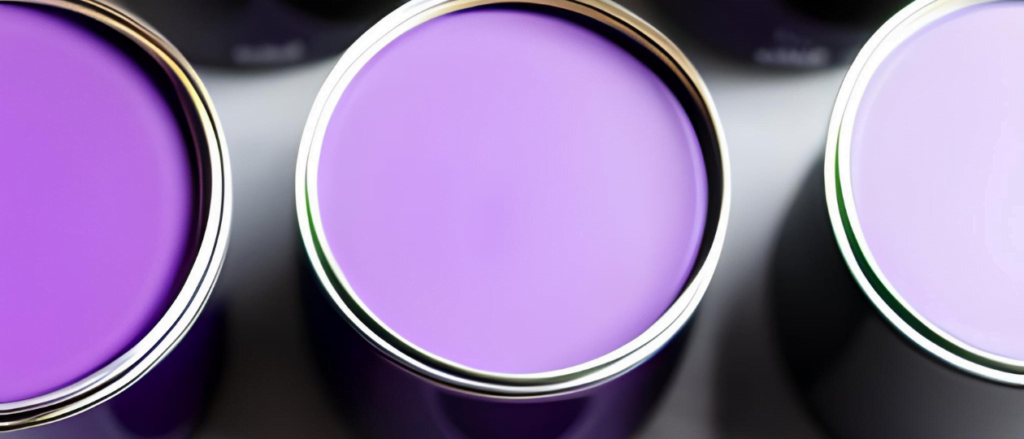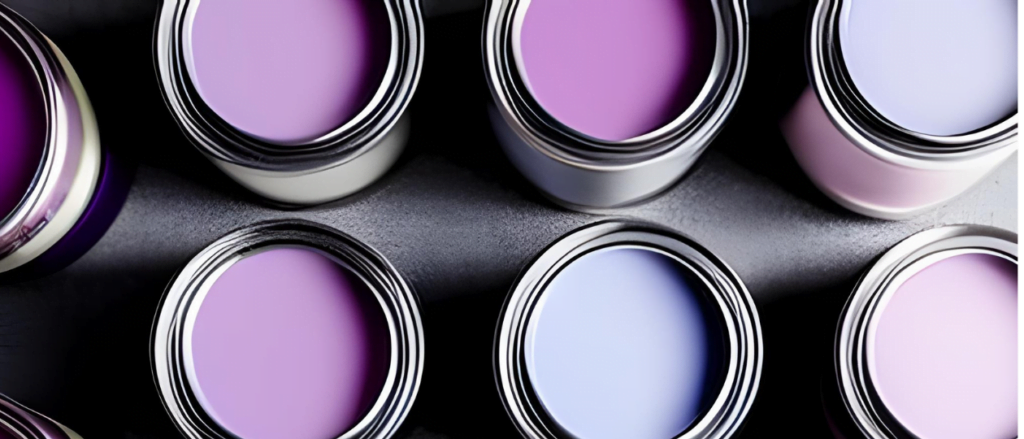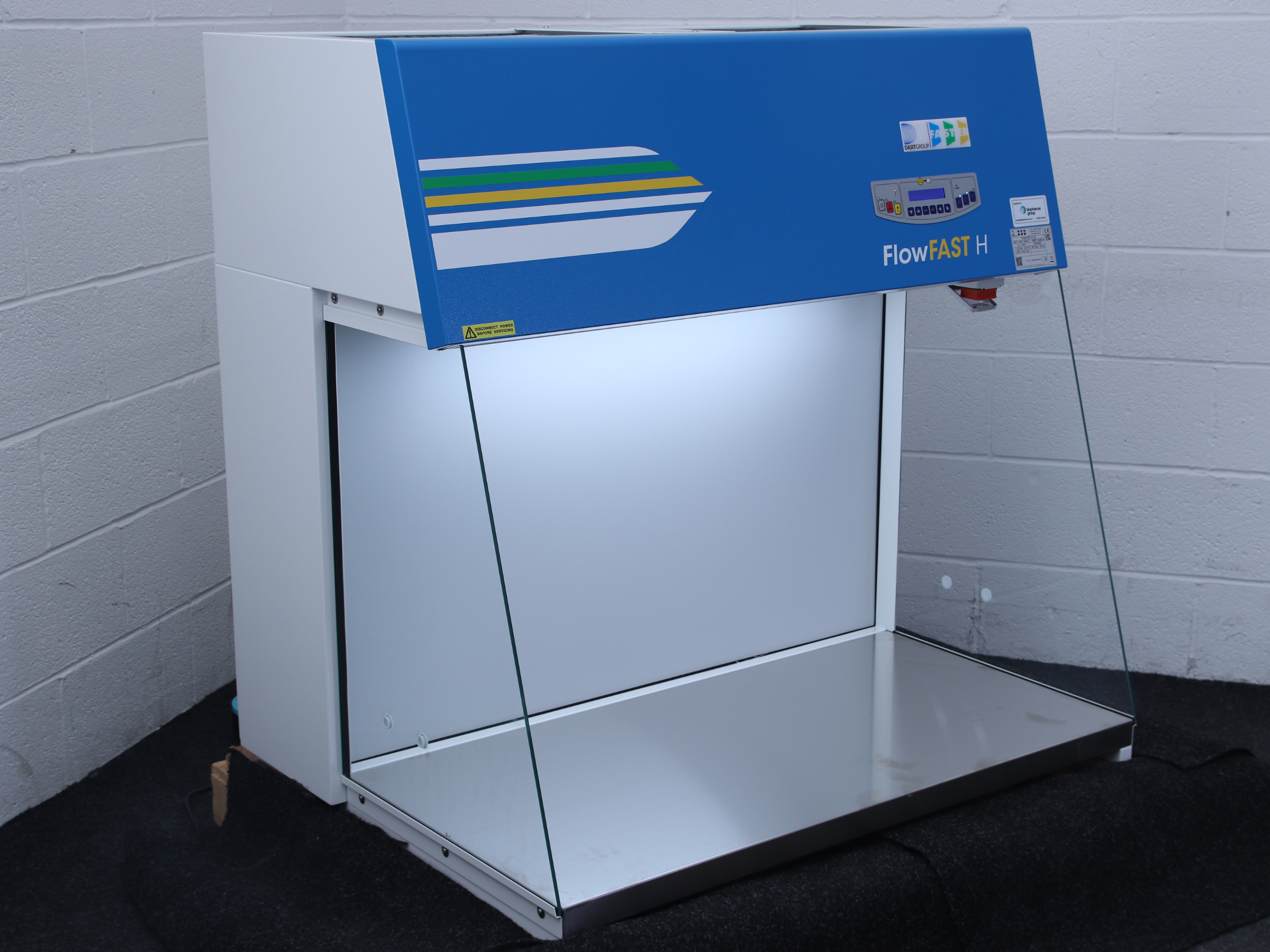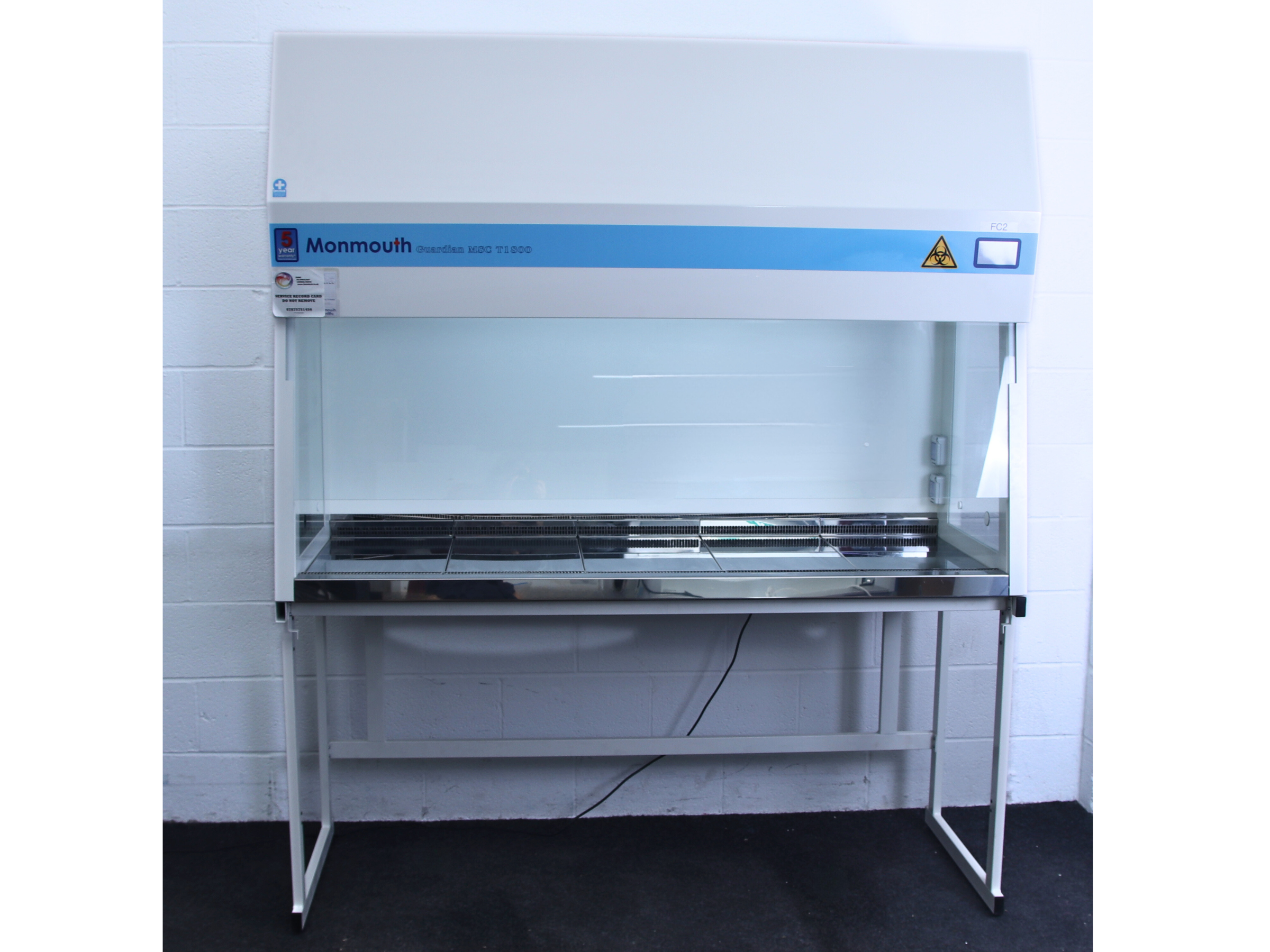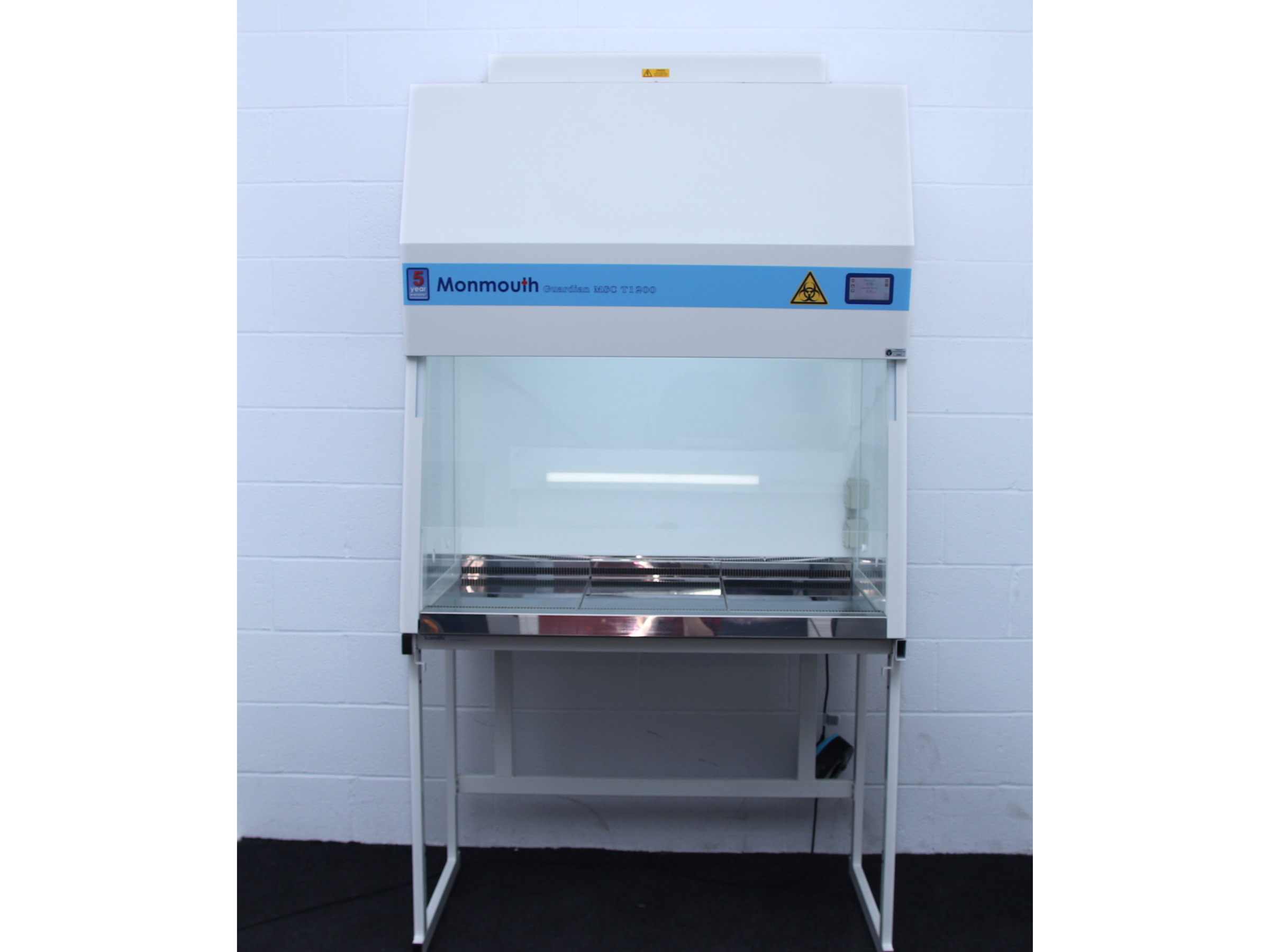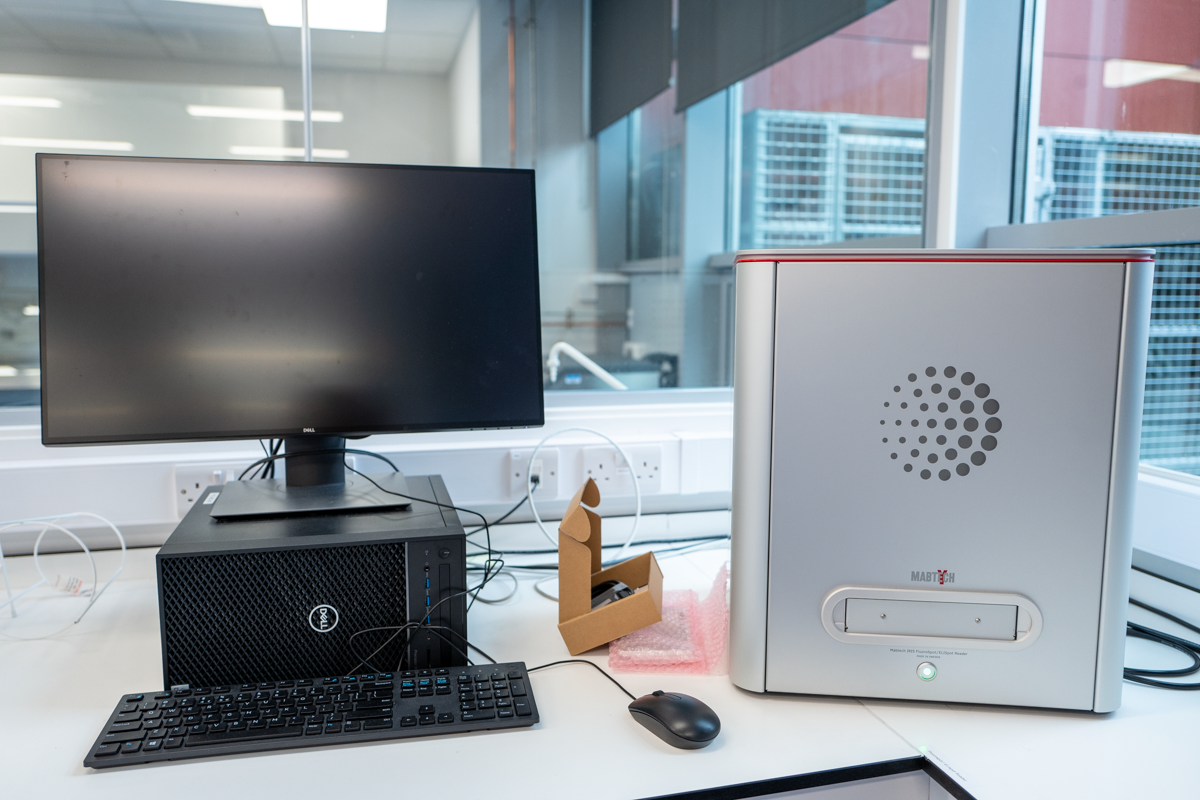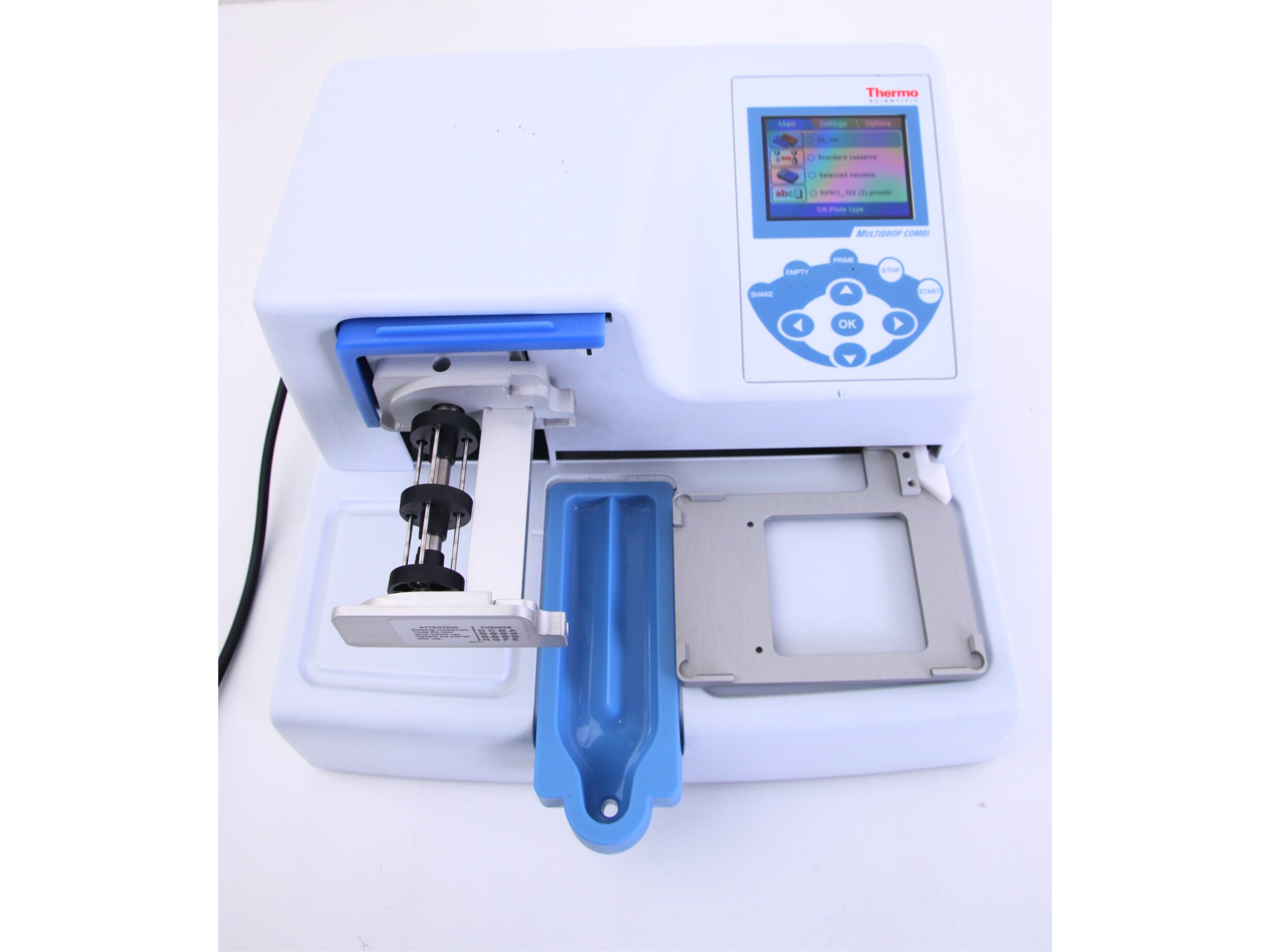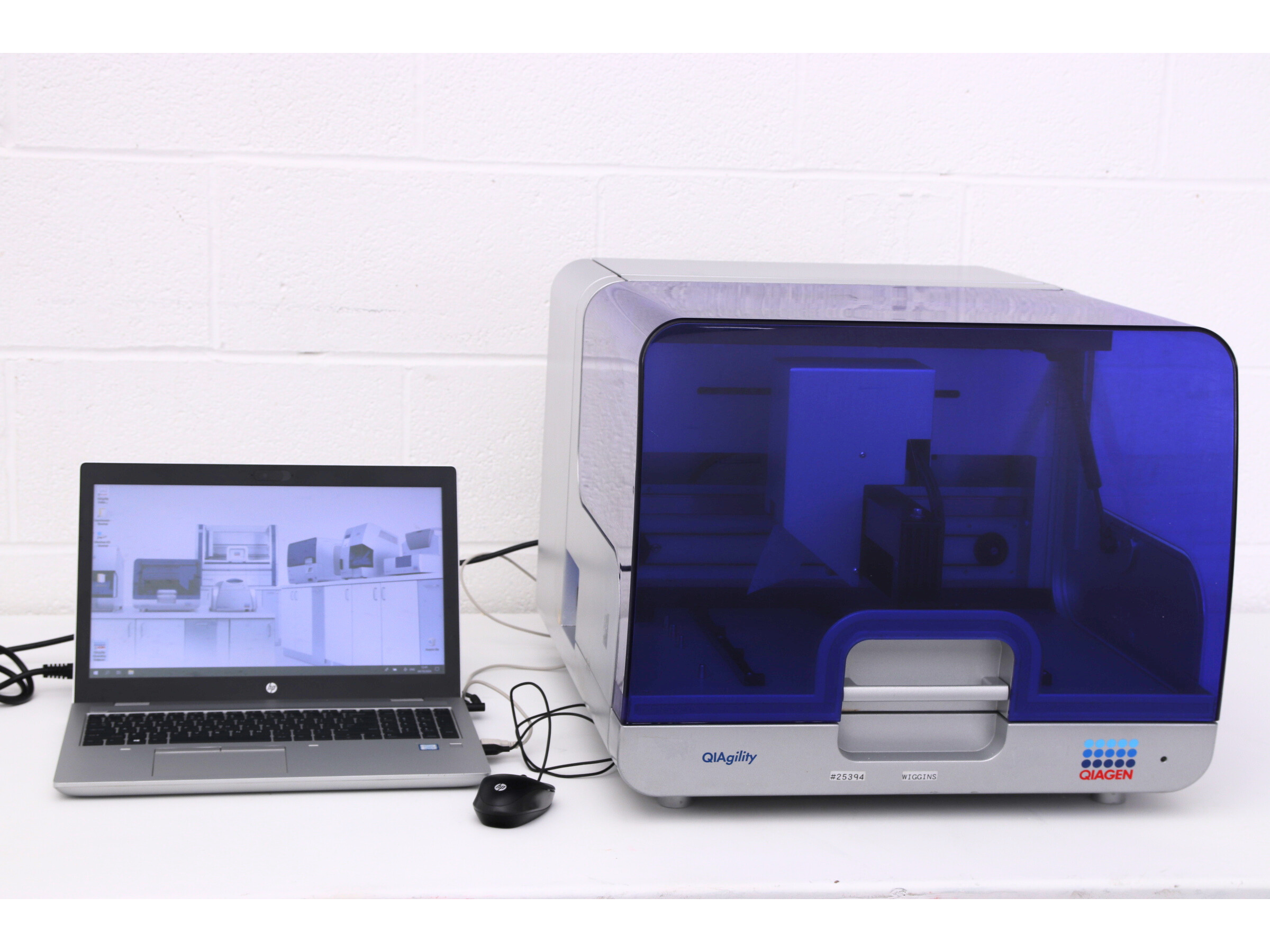In the world of manufacturing and product development, testing and quality assurance is key. This holds particularly true for paints and coatings, where the performance and durability of the finished product are essential. Therefore, Climate chambers, also known as environmental test chambers, are used to assess how different paints and coatings withstand environmental conditions.
Understanding Climate Chambers
Climate chambers are specialised testing equipment designed to simulate environmental conditions, such as temperature, humidity, and often light exposure. These controlled environments allow manufacturers and researchers to study the environmental effects on materials, products, and components over time. These are indispensable tools across a wide range of industries, including automotive, electronics, pharmaceuticals, and paints and coatings.
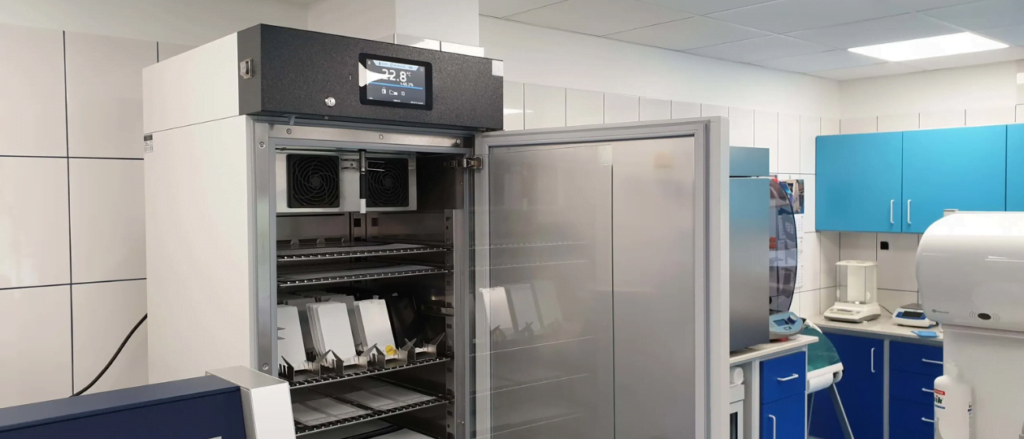
Importance of Paint Testing
Paints serve both aesthetic and protective functions, making them integral to numerous industries such as automotive, construction, aerospace, and more. Through their lifetime, paints are exposed to diverse climatic conditions, ranging from extreme heat and cold to high humidity and sunlight. Ensuring that paints maintain their colour, adhesion, gloss, and protective properties under such conditions is vital. Hence, climate testing becomes essential to guarantee product longevity, performance, and customer satisfaction.
How Climate Chambers Work
Climate chambers replicate real-world environmental conditions in a controlled setting. These chambers consist of an insulated enclosure with adjustable temperature and humidity controls. Accordingly, the following factors are commonly simulated used for paint testing:
Temperature: Climate chambers can create both extreme cold and heat conditions, allowing researchers to evaluate the impact of temperature fluctuations on paint properties. Of course, extreme temperatures can cause paints to expand, contract, crack, or peel, and test chambers enable scientists to study these effects over time.
Humidity: High humidity levels can lead to moisture absorption, which in turn can affect the adhesion and durability of paints. By controlling humidity levels within the chamber, researchers can assess how paints react to moisture exposure.
Light Exposure: Some test chambers, such as the Pol-Eko Phytotron range also include specialised lighting systems to simulate light exposure which can cause fading, chalking, and degradation of paint pigments. Without doubt, this feature is crucial for evaluating the long-term colour stability of paints.
Cycling Tests: Climate chambers can be programmed to perform cyclic tests, where they alternate between different temperature and humidity settings. These tests mimic the real-world conditions that paints may experience over time, helping researchers identify potential weaknesses and vulnerabilities.
Climate chambers are indispensable tools for the paint industry, allowing manufacturers and researchers to assess the performance and durability of paints and coatings under a wide range of environmental conditions. By subjecting paints to controlled temperatures, humidity levels, and light exposure, climate chambers enable comprehensive testing that ensures products meet industry standards and customer expectations.
